The race to raise capital enters its climax
OCB Bank plans to issue nearly 197.3 million shares to increase its equity capital from equity capital at an issuance rate of 8% (shareholders owning 100 shares will receive 8 new shares). The source of implementation is from equity capital as of December 31, 2024, determined according to audited separate and consolidated financial statements after setting aside funds according to regulations.
Recently,SHB also approved the plan to increase charter capital from the source of 2024 dividends in shares for existing shareholders. Previously, SHB's capital increase plan was approved by the State Bank. SHB will issue a maximum of nearly 528.5 million shares, equivalent to an issuance ratio of 13% of the total outstanding shares (shareholders owning 100 shares will receive an additional 13 shares). The number of additional shares issued is not subject to transfer restrictions.
Meanwhile, VietABank will close the shareholder list on August 15, 2025 to issue additional shares to increase its capital from equity capital. The bank plans to issue more than 276.4 million shares to existing shareholders at a ratio of 100:51.19, meaning that each shareholder owning 1 share will receive 1 right and every 100 rights will receive 51.19 additional issued shares. The fractional shares (if any) will be canceled. The source of capital for issuance is the undistributed accumulated profit as of December 31, 2024 (more than VND 2,604 billion) and the Reserve Fund for supplementary charter capital (more than VND 160 billion). After the issuance, VietABank will increase its charter capital by VND 2,764 billion, from nearly VND 5,400 billion to VND 8,164 billion.
In the first half of 2025, the picture of the banking industry's charter capital will not only expand in scale, but also change dramatically in ranking. The acceleration of many large banks shows that the race to increase capital is entering a climax, especially when the pressure to comply with Basel III standards is increasingly evident.
According to statistics by the end of the second quarter of 2025, the top 10 banks with the largest charter capital include Vietcombank, VPBank, Techcombank, BIDV, MB, VietinBank,ACB , SHB, HDBank and LPBank.
Increase Capital Adequacy Ratio
In terms of growth, 10 banks recorded an increase in charter capital by the end of June 2025. Of which, Vietcombank had the strongest growth rate of 49.5%, charter capital increased from VND 55,891 billion to VND 83,557 billion. PGBank recorded a growth rate of 19%. BVBank, Bac A Bank, and SeABank also had changes in charter capital scale, by the end of June, with charter capital of VND 6,208 billion (up 12.5%), VND 9,580 billion (up nearly 7%) and VND 28,450 billion (up 0.4%), respectively.
With the roadmap to increase the minimum Capital Adequacy Ratio (CAR) to 10.5% by 2033, increasing charter capital is no longer an option, but a mandatory requirement. The strong steps since the beginning of 2025 show that banks are "racing" to ensure strong enough internal strength, ready to compete for market share and meet international risk management standards.
The State Bank of Vietnam (SBV) has just issued Circular No. 14/2025/TT-NHNN regulating capital adequacy ratios for commercial banks (CBs) and foreign bank branches. This Circular provides guidance on how to determine and the minimum values of capital adequacy ratios that banks must maintain, including core capital ratio tier 1, tier 1 capital ratio and minimum capital adequacy ratio.
Accordingly, commercial banks without subsidiaries or foreign bank branches must maintain individual capital adequacy ratios, including: minimum core capital ratio of 4.5%; minimum tier 1 capital ratio of 6%; minimum capital adequacy ratio of 8%. For commercial banks with subsidiaries, individual and consolidated capital adequacy ratios must also meet the corresponding levels: minimum core capital of 4.5%, minimum tier 1 capital of 6% and minimum capital adequacy ratio of 8%.
Circular No. 14/2025/TT-NHNN for the first time provides regulations on capital buffers, including capital conservation buffer (CCB), countercyclical capital buffer (CCyB) and capital buffer for systemically important commercial banks. The Circular takes effect from September 15, 2025.
Associate Professor, Dr. Nguyen Huu Huan (Ho Chi Minh City University of Economics) commented that the above moves demonstrate the determination of banks in applying international standards, contributing to increasing efficiency and ensuring capital safety. Compared to Basel II, Basel III has many new and more stringent requirements. The implementation of Basel III requires large financial resources as well as careful preparation from banks.
Source: https://baodautu.vn/cuoc-dua-tang-von-dieu-le-cua-cac-ngan-hang-d362339.html



![[Photo] Impressive image of 31 planes taking flight in the sky of Hanoi during their first joint training](https://vstatic.vietnam.vn/vietnam/resource/IMAGE/2025/8/24/2f52b7105aa4469e9bdad9c60008c2a0)
![[Photo] Phu Quoc: Propagating IUU prevention and control to the people](https://vstatic.vietnam.vn/vietnam/resource/IMAGE/2025/8/24/f32e51cca8bf4ebc9899accf59353d90)
![[Photo] Party and State leaders meet with representatives of all walks of life](https://vstatic.vietnam.vn/vietnam/resource/IMAGE/2025/8/24/66adc175d6ec402d90093f0a6764225b)


![[Photo] The ceremonial artillery is ready to "fire" for the second parade rehearsal at My Dinh National Stadium.](https://vstatic.vietnam.vn/vietnam/resource/IMAGE/2025/8/24/883ec3bbdf6d4fba83aee5c950955c7c)







































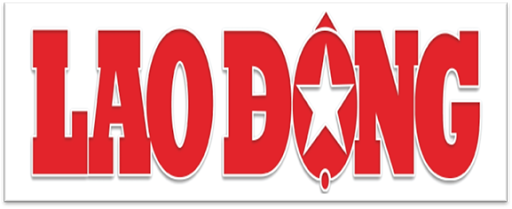




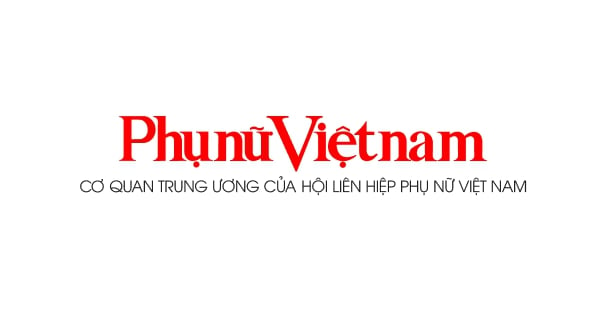










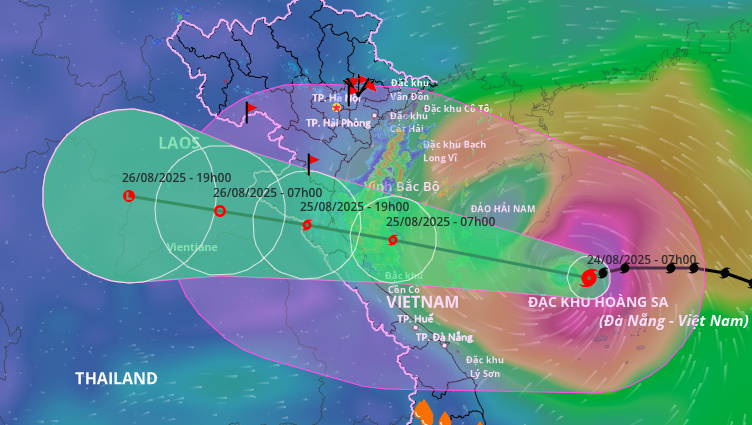






























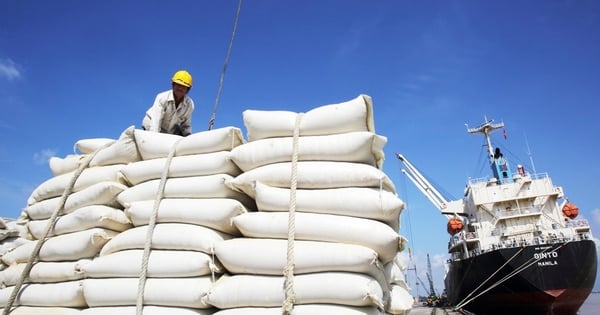
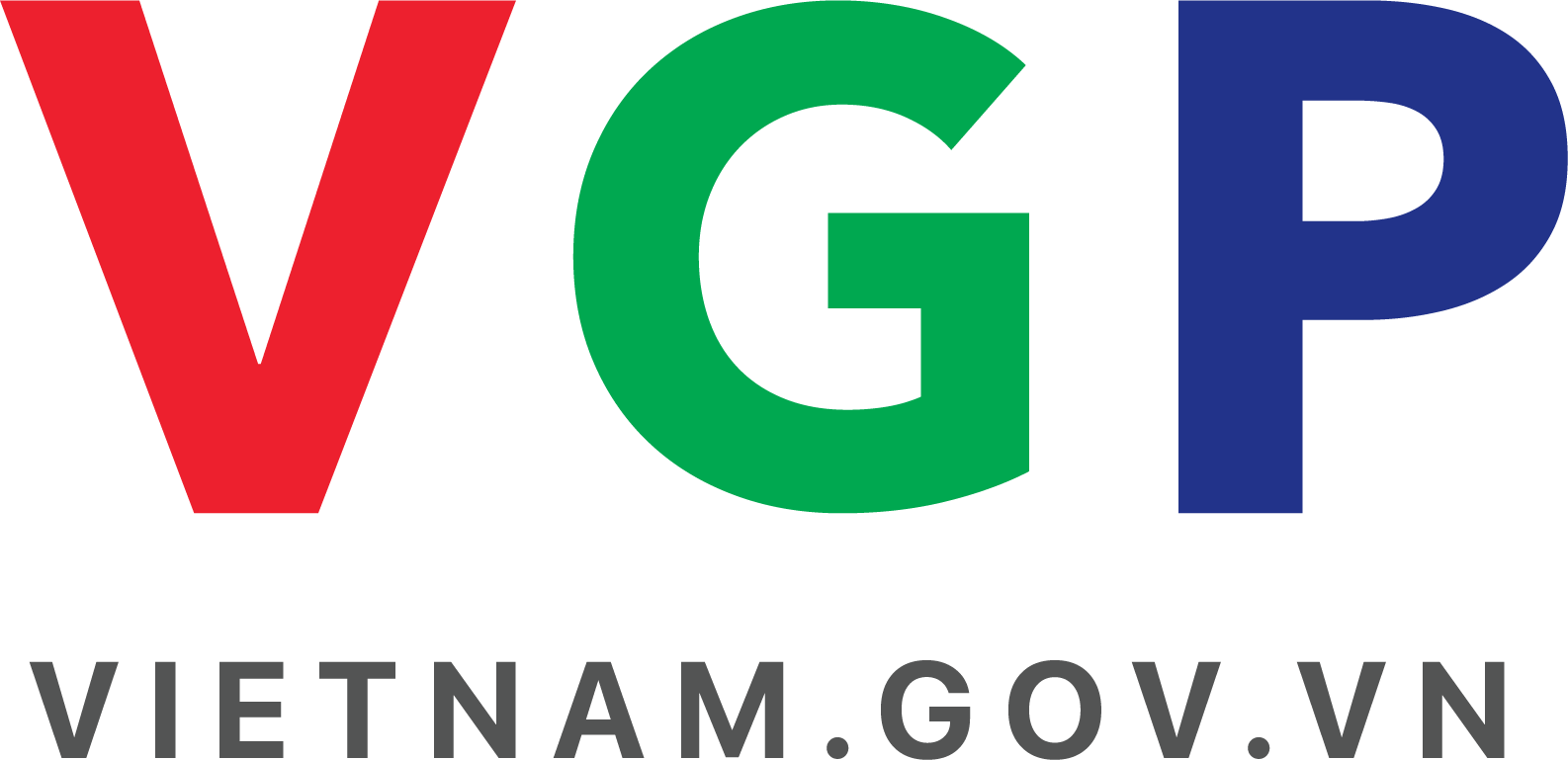





Comment (0)